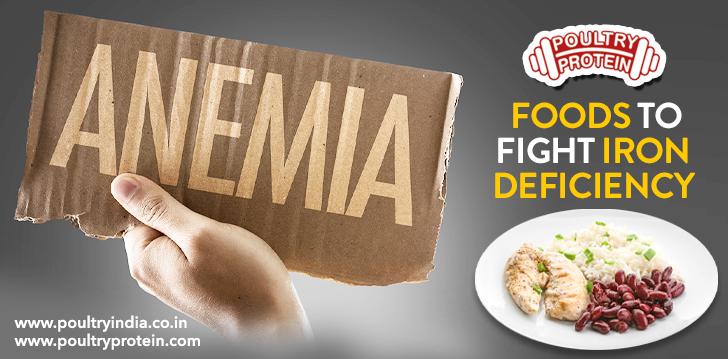
You may pump iron at the gym a few times a week, but your body pumps it continuously through the bloodstream every day. Iron is needed to make hemoglobin, a part of red blood cells that acts like a taxicab for oxygen and carbon dioxide. It picks up oxygen in the lungs, drives it through the bloodstream and drops it off in tissues including the skin and muscles. Then, it picks up carbon dioxide and drives it back to the lungs where it's exhaled.
Iron Deficiency
If the body doesn't absorb its needed amount of iron, it becomes iron deficient. Symptoms appear only when iron deficiency has progressed to iron deficiency anemia, a condition in which the body's iron stores are so low that not enough normal red blood cells can be made to carry oxygen efficiently. Iron deficiency is one of the most common nutritional deficiencies and the leading cause of anemia.
Symptoms include:
- Fatigue
- Pale skin and fingernails
- Weakness
- Dizziness
- Headache
- Glossitis (inflamed tongue)
Sources of Iron
The body absorbs two to three times more iron from animal sources than from plants. Some of the best animal sources of iron are:
- Lean beef
- Oysters
- Chicken
- Turkey
Although you absorb less of the iron in plants, every bite counts, and adding a source of vitamin C to vegetarian sources of iron will enhance absorption. Some of the best plant sources of iron are:
- Beans and lentils
- Tofu
- Baked potatoes
- Cashews
- Dark green leafy vegetables such as spinach
- Fortified breakfast cereals
- Whole-grain and enriched breads
High-Risk Populations
The following populations are at a higher risk for developing iron deficiency.
Women Who Are Pregnant: Increased blood volume requires more iron to drive oxygen to the baby and growing reproductive organs. Consult your doctor or registered dietitian nutritionist before taking an iron supplement.
Young Children: Babies store enough iron for the first six months of life. After six months, their iron needs increase. Breast milk and iron-fortified infant formula can supply the amount of iron not met by solids. Cow's milk is a poor source of iron. When children drink too much milk, they crowd out other foods and may develop "milk anemia." The American Academy of Pediatrics recommends no cow's milk until after one year, at which point it should be limited to no more than 4 cups per day.
Adolescent Girls: Their often inconsistent or restricted diets — combined with rapid growth — put adolescent girls at risk.
Women of Childbearing Age: Women with excessively heavy menstrual periods may develop iron deficiency.
How to Prevent Iron Deficiency
Eat a balanced, healthy diet that includes good sources of iron to prevent any deficiencies. Combine vegetarian sources of iron with vitamin C in the same meal. For example: a bell pepper-bean salad, spinach with lemon juice, or fortified cereal and berries.
If treatment for iron deficiency is needed, a healthcare provider will assess iron status and determine the exact form of treatment — which may include changes in diet or taking supplements.
 You may pump iron at the gym a few times a week, but your body pumps it continuously through the bloodstream every day. Iron is needed to make hemoglobin, a part of red blood cells that acts like a taxicab for oxygen and carbon dioxide. It picks up oxygen in the lungs, drives it through the bloodstream and drops it off in tissues including the skin and muscles. Then, it picks up carbon dioxide and drives it back to the lungs where it's exhaled.
You may pump iron at the gym a few times a week, but your body pumps it continuously through the bloodstream every day. Iron is needed to make hemoglobin, a part of red blood cells that acts like a taxicab for oxygen and carbon dioxide. It picks up oxygen in the lungs, drives it through the bloodstream and drops it off in tissues including the skin and muscles. Then, it picks up carbon dioxide and drives it back to the lungs where it's exhaled.